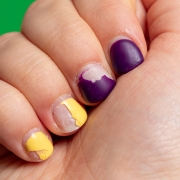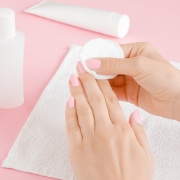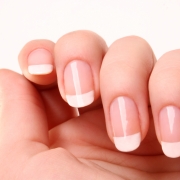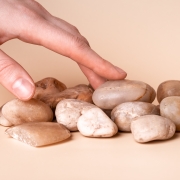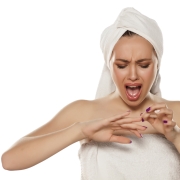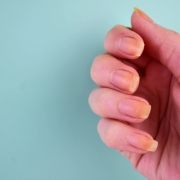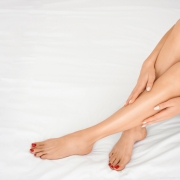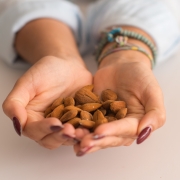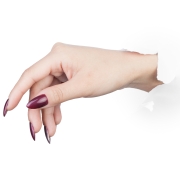The Impact of Nail Beauty, Confidence and Self-Expression
Nail beauty is more than just a superficial aspect of personal grooming; it is an expression of individuality, self-care, and a reflection of one’s overall well-being. Well-maintained and aesthetically pleasing nails can have a profound impact on one’s self-confidence and self-expression. In this article, we will explore the multifaceted effects of nail beauty on personal confidence, style, and self-expression.
1. Self-Confidence and Self-Esteem
Beautifully manicured nails can boost self-confidence and self-esteem. When your nails look good, you feel good. Confidence often goes hand in hand with a sense of self-assuredness and empowerment. Knowing that your nails are well taken care of can make a significant difference in how you present yourself to the world.
2. Personal Grooming and Professional Appearance
Your nails play a vital role in your overall grooming and appearance, both in personal and professional settings. Well-kept nails are a sign of meticulous attention to detail, which is appreciated in many professions. Whether you’re in a corporate office, a creative field, or any other line of work, having polished nails adds an air of professionalism to your appearance.
3. Self-Care and Relaxation
Nail care is not just about appearance; it can also be a therapeutic form of self-care and relaxation. Taking the time to give yourself a manicure can be a calming and enjoyable ritual. It allows you to unwind and focus on self-pampering, promoting a sense of well-being.
4. Creative Self-Expression
Nail art and the use of nail polish offer endless possibilities for creative self-expression. Your nails can be a canvas for showcasing your personality, style, and creativity. From classic red nails to intricate designs, your choices in nail art can reflect your individuality and mood.
5. Social Interaction
Beautiful nails can be a conversation starter and an excellent way to connect with others. Compliments on your nails can initiate social interactions and help build rapport with friends, family, or even strangers. It’s a form of non-verbal communication that can be a fun icebreaker.
6. Trendsetting and Fashion
Nail trends and colours are often influenced by fashion and pop culture. By staying in tune with nail trends, you can complement your overall style. The colours and designs you choose can showcase your fashion-forward sensibilities and make a statement about your personality.
7. Mood and Emotional Well-Being
The colour of your nails can also influence your mood and emotions. Bright, vibrant colours can uplift your spirits, while subdued and calming shades can help you relax and find tranquility. Your nail choices can be a reflection of your emotional state or a means of altering it.
8. Celebration and Special Occasions
On special occasions like weddings, birthdays, or holidays, beautifully manicured nails can add an extra layer of elegance and celebration to your overall look. Matching your nail colour or design to the theme of the event is a delightful way to participate in the festivities.




